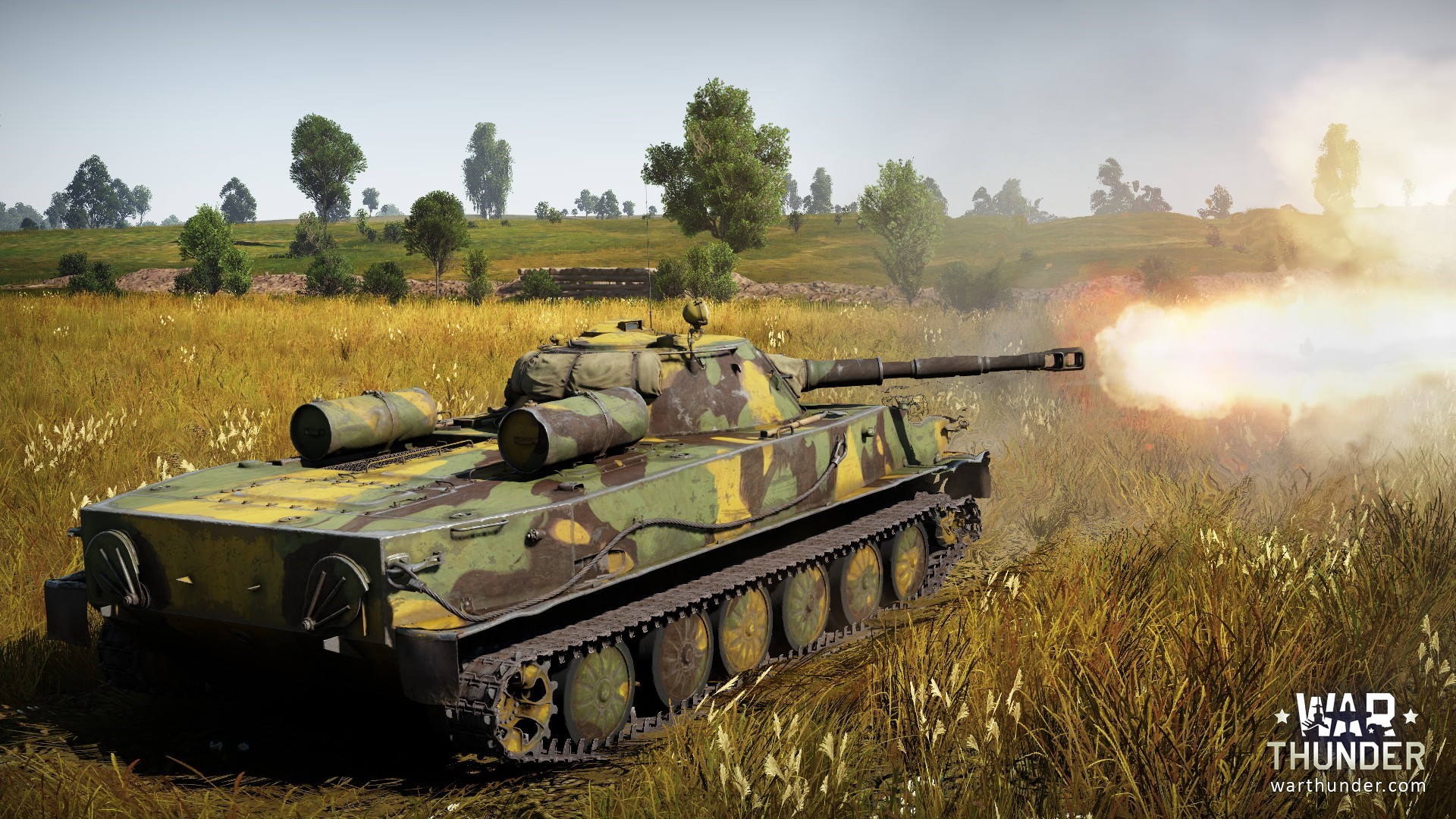Not everyone thinks that online games are the realm of the military professional. In my case I don’t feel bad about it because I play to interact with my 12 year old, or so I tell myself. We play War Thunder and it’s outstandingly good.
The excellence doesn’t derive from the graphics, scenarios or virtual entities. The excellence comes from the other players who make the tactics real. No tank or aircraft is controlled by a computer; each is piloted by a real person (I think) somewhere in the world. Like a sprawling omnipresent and omnipotent School of Armour tactics instructor, this vast collective punishes bad tactics. This human/virtual instructor frowns on poor vehicle craft, poor integration between artillery and ground manoeuvre and lack of mutual support. The punishments are death or failure.
War Thunder isn’t gaming. It is gameified tactics and experimentation. The skills it teaches are the same ones I taught at Puckapunyal; its scale as an experiment is without parallel. Ten thousand people are playing War Thunder at any one time. As I write this post 245.17 million games have been played. People participate in the experiment because it is fun and they are incrementally rewarded with improvements to their vehicle. Without formal direction, the tactics morph in response to changes in protection, firepower and mobility. The value of protection, not always apparent on field training exercises, shines brightly.
The War Thunder “Technology Tree” ends in the 1970s. But what if it didn’t? What if it included robotic and autonomous systems? What if some players could choose 20 armed drones for the same price as a tank? What would be the value of systems that don’t exist but we can imagine? Air Warfare Tanks? A tank that casts a protective Counter Drone and Counter Missile shield over other vehicles. The 10,000 people playing at any one time will find the answers because they want to win.
It might be tempting to dismiss the value of War Thunder and its ilk because they aren’t real. We do this at our peril because in our societies the real and virtual are converging. In War Thunder the players are little different to the soldiers in Keegan’s eternal battle. They are trying to balance self preservation, a sense of honour and the achievement of an objective over which adversaries are ready to kill them. The question is what tactics will emerge when Robotic and Automous systems vanquish honour and reduce the desire for self preservation?
This is an idea. I don’t know how we leverage War Thunder and the expertise of its community in a practical way. But we can take the broad lessons immediately. Tactics/technology interplay and growth is fed by people and machines doing and thinking simultaneously. The virtual and physical worlds are merging and the Australian Army should not stand aloof from this. How to move forward? A lab? An expansion pack for VBS with unmanned vehicles?
About the Author: James Davis is an Australian Army Officer. Find him on Twitter.


